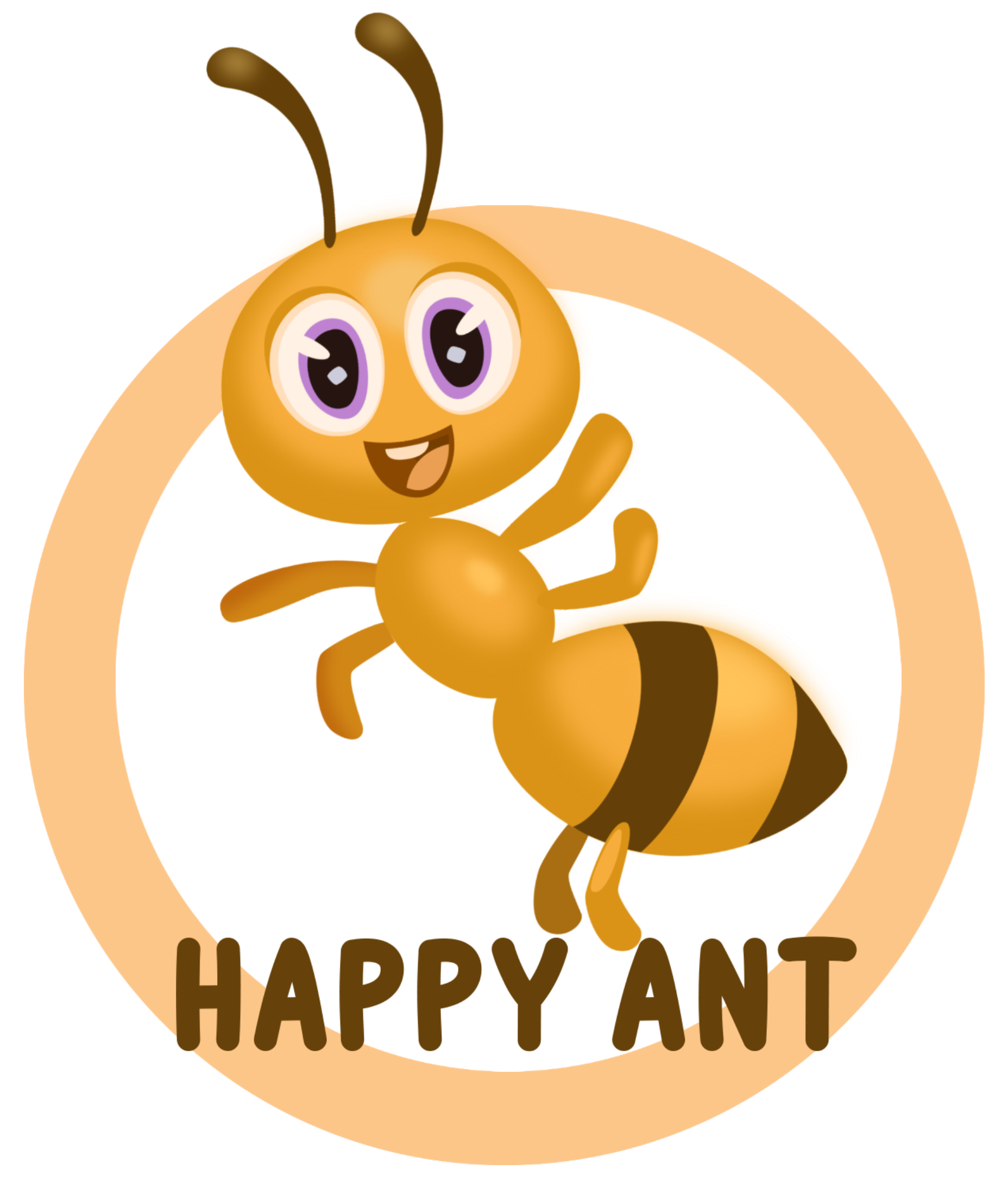
Research conclusively proves that learning foreign languages at an early age gives the best results, so it is better for your child to learn a second language in addition to their mother tongue. It is no secret that bilingualism has become very common among children today. Learning a second language at an early age can help a child's cognitive and social-emotional development, accelerate and increase learning, but how can you teach a foreign language to your preschool child without extra practice, study and work?
Home learning environments are relatively stable, so a child with a positive home learning environment is likely to benefit in later years by fostering positive habits. However, what enables children to learn more easily than adults? to learn
When children begin to learn their
mother tongue, they use their innate and instinctive language learning
strategies that enable them to begin speaking at an early age. The same is true
for foreign languages. The younger children are, the more they rely on these
innate strategies and the more successful they will be. An example of these
cases are children whose parents speak different mother tongues. Such children
easily master both languages in childhood. Children who naturally learn a
second language at an early age often have better pronunciation and language
sense than their peers who started learning the same language later. Language
simply becomes part of their natural environment, and as a result, their
mastery of it is much better later in life, so regardless of whether your child
is in nursery, preschool, or elementary school, you should sometimes use it in
your free time. Provide the conditions for him to master the foreign language.
Learning English by children
Learning is affected by three aspects: physical environment, educational environment and psychological environment. In addition, the findings have shown that the physical environment is considered as the most important factor for promoting students' progress. The way the educational environment is arranged affects the way children learn to speak, read and write. An environment that promotes the development of language, two-way communication and teaching skills provides rich curriculum content. Play spaces with teaching aids (eg signs, lists, etc.) allow children to gather and make choices that enhance language learning.
After primary education at home,
children in preschool can make more progress in learning a second language, so
learning and developing a second language is better to start at home, while
some express concern that learning more than one language will cause confusion
or Children's development is delayed, but no negative effects of bilingualism
have been observed in research.
Important things that should be considered in the preschool environment for teaching second language to children
1. In the daily schedule, time should be
set aside for the interaction of adults and children
2. Create spaces and times for children to
gather in small groups
3. Classrooms should be held in centers or
areas that children like to create clear spaces for children to interact and
cooperate, for example
A dramatic play area/an art area/a
writing area/a cozy library/a science area/a play area/a math area
4. Create a learning environment that
engages children and prompts conversations, such as going outside, walking, and
field trips, all of which are great for promoting conversation.
5. Flexibility in choosing the educational environment
Motivational environment
A child should feel safe and able to learn a second language outside of school as naturally as the way he learned his mother tongue. It is important to support them and overcome it together.
If you feel that the child is tired,
let him rest for a while and enjoy other activities. Learning a foreign
language outside the classroom should be more like play than formal education.
There are many fun and educational methods, such as flash cards and the
HappyEnt website, that will help you achieve this goal while having fun and
doing useful things with your child.
Language learning environments
The things you do now to create a
meaningful environment for children can also help you promote linguistic
diversity. You already have many of the items you need: books, art supplies,
relevant and varied display items you can enrich these environments with.
Language develops by building on what children already know. For example, a
login area can be an ideal place to add the word "welcome" or
"hello" in other languages. Young children need to feel safe and know
that there is a clear reason for using English. The language teaching
activities should be related to some interesting daily activities, for example
sharing an English picture book or saying a word in English.

Leave a Comment